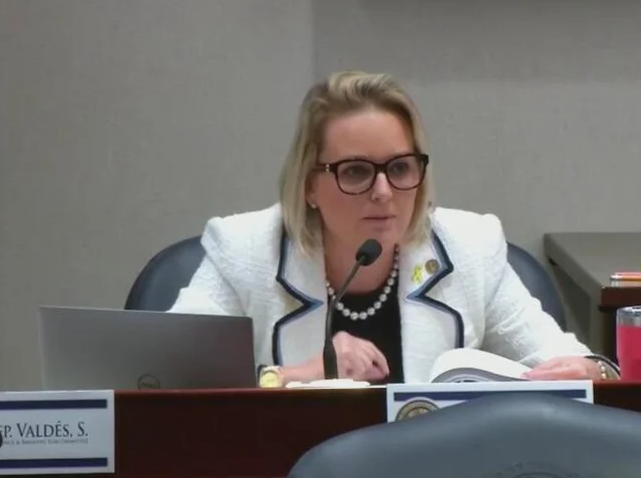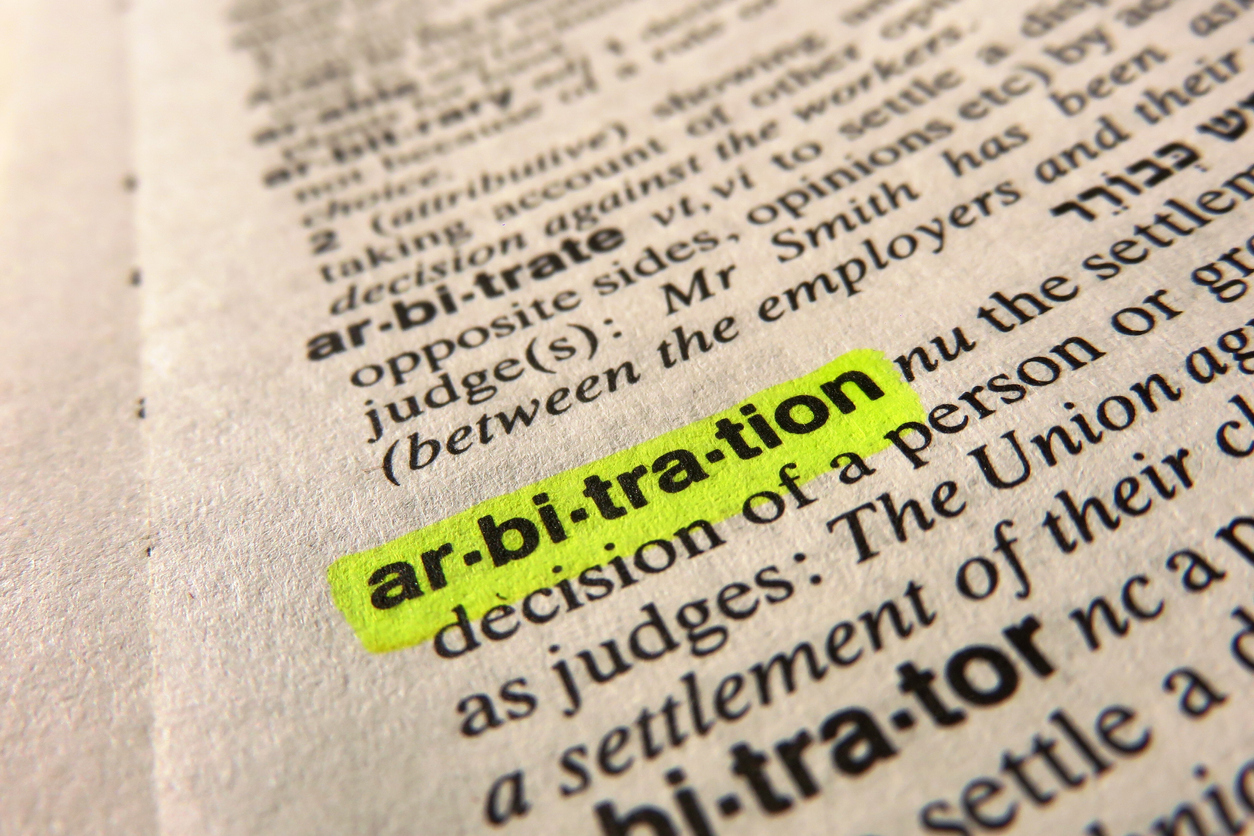In December of 2016, I wrote about Sebo v. American Home Assurance Company,1 where the Florida Supreme Court reversed the appellate court’s adoption of the “Proximate Efficient Cause” doctrine and found that instead, the lower court should have applied the “Concurrent Causation Doctrine,” as laid out in Wallach v. Rosenberg,2 in a situation where both the excluded cause of faulty construction, combined with the covered causes of rain and wind resulted in a total loss to Sebo’s property.
Just last month, Florida’s Fourth District Court of Appeal (“Fourth DCA”) faced the same issue, but in a situation where insured homeowners suffered both the covered loss of hail, and the excluded losses of faulty, inadequate or defective design and wear and tear, marring and deterioration of solar panels that resulted in leaks to the home.3
The matter went to a jury trial, and evidence was presented that both causes of loss had contributed to the damage. The jury ultimately found for the insurance company, Federated National in the lower court after applying this jury instruction to the facts of the case:
Did [homeowners], prove by the greater weight of the evidence that they sustained a direct physical loss to their roof as a result of the hailstorm on April 20, 2012 which was the most substantial or responsible cause of the damage to the roof?4
In bringing their appeal, the homeowners argued that the trial court committed various errors in its jury instructions, including applying the wrong coverage doctrine as well as improperly shifting the burden of proof. Specifically, they argued by requiring the jury to determine if the hailstorm was “the most substantial or responsible cause of the damage to the roof,” the trial court inappropriately applied the efficient proximate cause doctrine. This doctrine “provides that where there is a concurrence of different perils, the efficient cause—the one that set the other in motion—is the cause to which the loss is attributable.”5
In analyzing the jury instructions in light of Sebo, the Fourth DCA reasoned:
[w]e conclude that the trial court erred with respect to the jury instruction, which applied the efficient proximate cause doctrine without the jury first determining whether an efficient proximate cause could be determined. The jury instruction was crafted in such a way that the jury never decided whether there was an efficient cause. Proper jury instructions would have required the jury to first determine whether one efficient proximate cause could be identified and, if the answer was negative, a follow-up instruction would have applied the concurrent cause doctrine. Applying this causal doctrine, the jury would then decide if at least one of the concurrent causes was covered (i.e., not excluded from coverage) under the insurance policy.
Although the insurance company argued that this policy did contain anti-concurrent causation provisions, the exclusions “faulty, inadequate or defective design” and “wear and tear, marring and deterioration” did not contain such clauses. As such, the application of the efficient proximate cause to all exclusions in the jury instructions—including these two—was error.
The homeowners also argued that the trial court erred in requiring them to first prove that the hailstorm was the efficient cause of the damage to the roof, as under an all-risks policy, while the insured may have to prove damage during the relevant policy period, it is the insurer who carries the burden of proving causation.
In reversing the trial court on this issue, as well, the Fourth DCA analyzed Florida law on this issue:
In Mejia v. Citizens Property Insurance Corp., 161 So.3d 576 (Fla. 2d DCA 2014), a case nearly analogous to the instant one, the Second District Court of Appeal reversed the trial court for requiring a homeowner to first prove that a specific cause, a sinkhole, damaged his home. Id. at 578. The court explained: “an insured claiming under an all-risks policy has the burden of proving that the insured property suffered a loss while the policy was in effect. The burden then shifts to the insurer to prove that the cause of the loss was excluded from coverage under the policy’s terms.” Id.; see also Citizens Prop. Ins. Corp. v. Munoz, 158 So.3d 671, 674 (Fla. 2d DCA 2014) (allocating the burden of proof in a manner consistent with Mejia); Wallach, 527 So.2d at 1387 (affirming a jury instruction requiring the insurance company to prove that the cause of the loss was an excluded one under the insurance contract); Hudson v. Prudential Prop. & Cas. Ins. Co., 450 So.2d 565, 568 (Fla. 2d DCA 1984)6
Ultimately the Fourth DCA reversed the trial court’s decision on the issue of the jury instructions and on the allocation of the burden of proof, but did not go so far as to say there aren’t situations where the doctrine of efficient proximate cause could not still be applied, and as such, provided the following instructions to be applied in a case involving an all-risk insurance contract where more than one potential cause of damage was raised by the parties:
1.The insured has the initial burden of proof to establish that the damage at issue occurred during a period in which the damaged property had insurance coverage. If the insured fails to meet this burden, judgment shall be entered in favor of the insurer.
2. If the insured’s initial burden is met, the burden of proof shifts to the insurer to establish that (a) there was a sole cause of the loss, or (b) in cases where there was more than one cause, there was an “efficient proximate cause” of the loss.
3. If the insurer meets the burden of proof under either 2.(a) or 2.(b), it must then establish that this sole or efficient proximate cause was excluded from coverage by the terms of the insurance policy. If the insurer does so, then judgment shall be entered in its favor. If the insurer establishes that there was a sole or efficient proximate cause, but fails to prove that this cause was excluded by the all-risk insurance policy, then judgment shall be entered in favor of the insured.
4. If the insurer fails to establish either a sole or efficient proximate cause, and there are no applicable anti-concurrent cause provisions, then the concurrent cause doctrine must be utilized. Applying the concurrent cause doctrine, the insurer has the initial burden of production to present evidence that an excluded risk was a contributing cause of the damage.1 If it fails to satisfy this burden of production, judgment shall be entered in favor of the insured.
5. If the insurer does produce evidence that an excluded risk was a concurrent cause of the loss, then the burden of production shifts to the insured to present evidence that an allegedly covered risk was a concurrent cause of the loss at issue. If the insured fails to satisfy this burden of production, judgment shall be entered in favor of the insurer.
6. If the insured produces evidence of a covered concurrent cause, the insurer bears the burden of proof to establish that the insured’s purported concurrent cause was either (a) not a concurrent cause (i.e., it had no (or a de minimis) causal role in the loss), or (b) excluded from coverage by the insurance policy. If the insurer fails to satisfy this burden of proof, judgment shall be entered in favor of the insured
_______________
1 Sebo v. Am. Home Assurance Co., 208 So.3d 694, 696 (Fla. 2016).
2 Wallach v. Rosenberg, 527 So.2d 1386 (Fla. 3d DCA 1988).
3 Jones v. Federated Nat’l Ins. Co., 4D16-2579, 2018 WL 443892, (Fla. 4th DCA Jan. 17, 2018).
4 Id.
5 Id. (additional citations omitted).
6 Id. at *3 (Citations in original).



